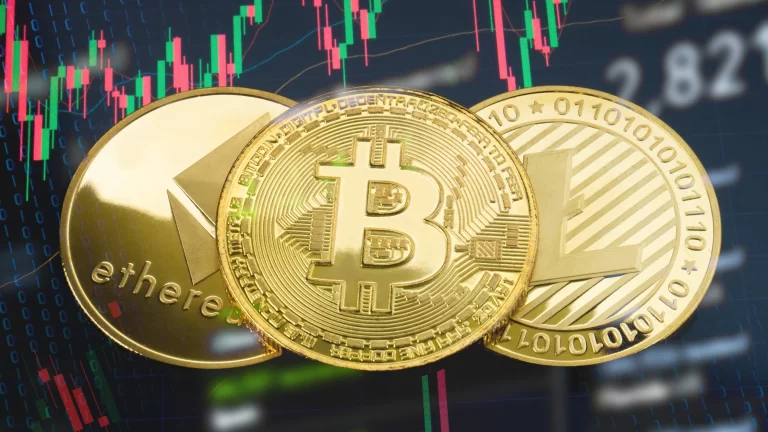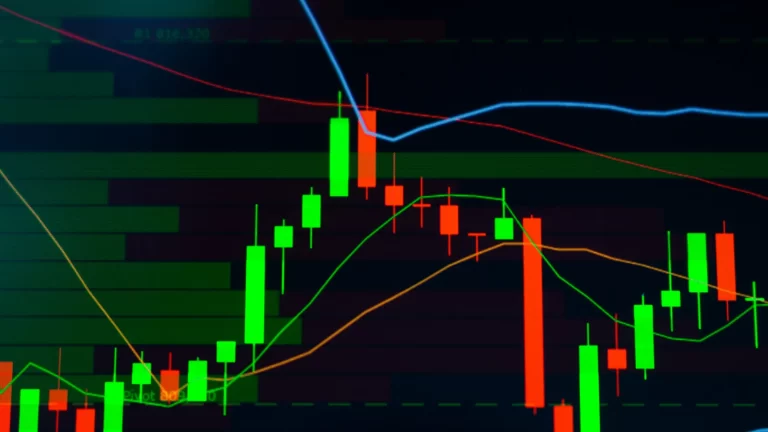Liquidity Pools vs. Order Books: Choosing the Right Crypto Trading Platform

In the fast-evolving world of cryptocurrency trading, choosing the right platform can make a significant difference in your trading efficiency and success. While traders have access to a growing number of platforms, there are two dominant models: liquidity pool-based decentralized exchanges (DEXs) and traditional order book exchanges. Each offers unique advantages and disadvantages depending on your trading goals, risk tolerance, and strategy. In this article, we’ll dive into the mechanics of liquidity pools and order books, explore their differences, and help you decide which one suits your trading needs.
What Are Liquidity Pools?
Liquidity pools are a foundational component of decentralized finance (DeFi) and decentralized exchanges (DEXs) like Uniswap, Sushiswap, and PancakeSwap. These pools consist of a collection of tokens locked into a smart contract, allowing users to trade between tokens directly from the pool without the need for a counterparty.
Unlike traditional exchanges that rely on a buyer and a seller to match orders, liquidity pools allow for automated market making (AMM). In this system, liquidity providers (LPs) supply pairs of tokens (like ETH/USDT) to a pool, and traders can swap tokens instantly based on predefined algorithms. The price of assets in the pool is adjusted according to the ratio of tokens in the pool, rather than through direct bids and asks from users.
Key Features of Liquidity Pools:
- Decentralization: No central authority or intermediary controls the market.
- Constant Liquidity: Trades are executed automatically using smart contracts, ensuring that liquidity is always available.
- Impermanent Loss: Liquidity providers face potential losses when the price of one token in the pair changes significantly, creating an imbalance in the pool.
- Yield Farming Opportunities: Liquidity providers are incentivized with transaction fees or native platform tokens, offering passive income opportunities.

What Are Order Books?
Order books are the traditional model used by centralized exchanges (CEXs) like Binance, Coinbase, and Kraken. In an order book, the price of an asset is determined by matching buy and sell orders from traders in real time. The system relies on limit orders (where traders specify the price they want to buy or sell) and market orders (where traders accept the current best available price).
In order book-based exchanges, liquidity is created through the interaction of buyers and sellers, with the spread (the difference between the highest buy and lowest sell price) reflecting the market depth. Market makers often add liquidity to the market by placing large buy and sell orders on both sides of the spread, facilitating more efficient trading.
Key Features of Order Books:
- Centralization: These exchanges are managed by a central entity, which governs market rules, security, and execution.
- Price Discovery: The price of assets is determined through the interaction of supply and demand, allowing for more dynamic and accurate price discovery.
- Higher Security and Regulation: Centralized exchanges often have tighter security protocols and are subject to government regulations, which can provide a sense of protection for traders.
- Liquidity Depth: High liquidity and narrow spreads make order book exchanges ideal for larger traders or institutional investors who need to move substantial volumes without affecting market prices.

Liquidity Pools vs. Order Books: A Comparative Analysis
1. Trade Execution Speed
-
Liquidity Pools: In a liquidity pool, trades are executed instantly because the trader is interacting with a smart contract rather than waiting for a counterparty. This is ideal for smaller traders or those looking for quick swaps without worrying about slippage or market volatility.
-
Order Books: Trades in an order book are subject to market conditions. If you place a market order, it will execute immediately, but with limit orders, you might have to wait until a matching order appears. This system works well for larger traders who want to control the exact price of their trade.
2. Price Impact and Slippage
-
Liquidity Pools: Due to the algorithmic pricing model, large trades in a liquidity pool can lead to significant slippage—a change in the price of an asset due to the imbalance caused by the trade. This makes liquidity pools less suitable for large trades, particularly in low-volume pools.
-
Order Books: Order books generally offer tighter spreads and less slippage because of the higher liquidity and competitive nature of buyers and sellers interacting. Traders with large orders benefit from minimal price impact, especially in deep, liquid markets like BTC/USDT on Binance.
3. Liquidity Availability
-
Liquidity Pools: Liquidity is always available in a DEX using AMMs, as long as the pool exists. However, the depth of the liquidity (i.e., the size of the pool) can vary widely between pairs. Larger pools offer better price stability, while smaller pools can lead to high volatility and large price fluctuations.
-
Order Books: Liquidity depends on the presence of buyers and sellers. During market volatility, liquidity can thin out, causing spreads to widen. However, in markets with substantial trading volume, order book liquidity is often deep, making it ideal for professional traders and institutions.
4. Fees
-
Liquidity Pools: Trading fees on DEXs using liquidity pools are typically a fixed percentage of the trade (usually 0.3%). This is shared between liquidity providers as an incentive for providing liquidity. However, DEXs often involve higher gas fees due to transactions on blockchains like Ethereum, which can be prohibitive during times of high network congestion.
-
Order Books: Centralized exchanges typically charge tiered maker-taker fees. Takers (market orders) generally pay higher fees, while makers (limit orders) pay lower fees. The overall fees are lower in most cases compared to DEXs, especially in terms of network costs, as most trades happen off-chain.
5. Security and Custody
-
Liquidity Pools: DEXs operate on smart contracts, meaning users hold custody of their assets and never have to deposit funds into a centralized entity. This minimizes the risk of exchange hacks. However, smart contracts are not infallible and can be vulnerable to exploits.
-
Order Books: Centralized exchanges often require users to deposit their funds into exchange wallets, relinquishing control to the exchange itself. While most top-tier exchanges have strong security protocols (e.g., cold storage, insurance funds), they remain prime targets for hackers, and users must trust the exchange to safeguard their assets.
6. Regulation
-
Liquidity Pools: DEXs operate in a more decentralized, unregulated environment. While this allows greater freedom and privacy, it also comes with a higher risk of interacting with fraudulent tokens or falling into regulatory scrutiny as governments crack down on unregulated markets.
-
Order Books: Centralized exchanges are often regulated, depending on the jurisdiction. This can provide users with more legal protections but also require them to go through Know Your Customer (KYC) and Anti-Money Laundering (AML) processes, which reduce privacy and anonymity.
Which One Should You Choose?
Your choice between a liquidity pool and an order book largely depends on your trading goals and the type of assets you wish to trade.
-
For Smaller, Frequent Trades: If you’re looking to trade frequently, execute quick swaps, or engage in DeFi projects, liquidity pools on DEXs like Uniswap or Sushiswap offer a flexible, decentralized alternative. However, you should be cautious about slippage and impermanent loss.
-
For Large or Institutional Trades: Traders with larger capital or institutional investors might find order book exchanges more suitable due to their deep liquidity, lower slippage, and tighter spreads. The centralized nature also provides additional layers of security and compliance.
Conclusion
Both liquidity pools and order books offer unique advantages to traders. Liquidity pools democratize access to trading, offering decentralized, always-available markets, but may suffer from high slippage and lower liquidity in some pairs. Order books, on the other hand, provide deep liquidity and more accurate price discovery but come with the limitations of centralization and potential restrictions.
Understanding the mechanics of both systems allows you to maximize efficiency and make more informed decisions based on your specific trading needs. Whether you’re exploring the DeFi world or executing high-volume trades on centralized platforms, choosing the right platform can be the key to optimizing your trading strategy and boosting profitability.





